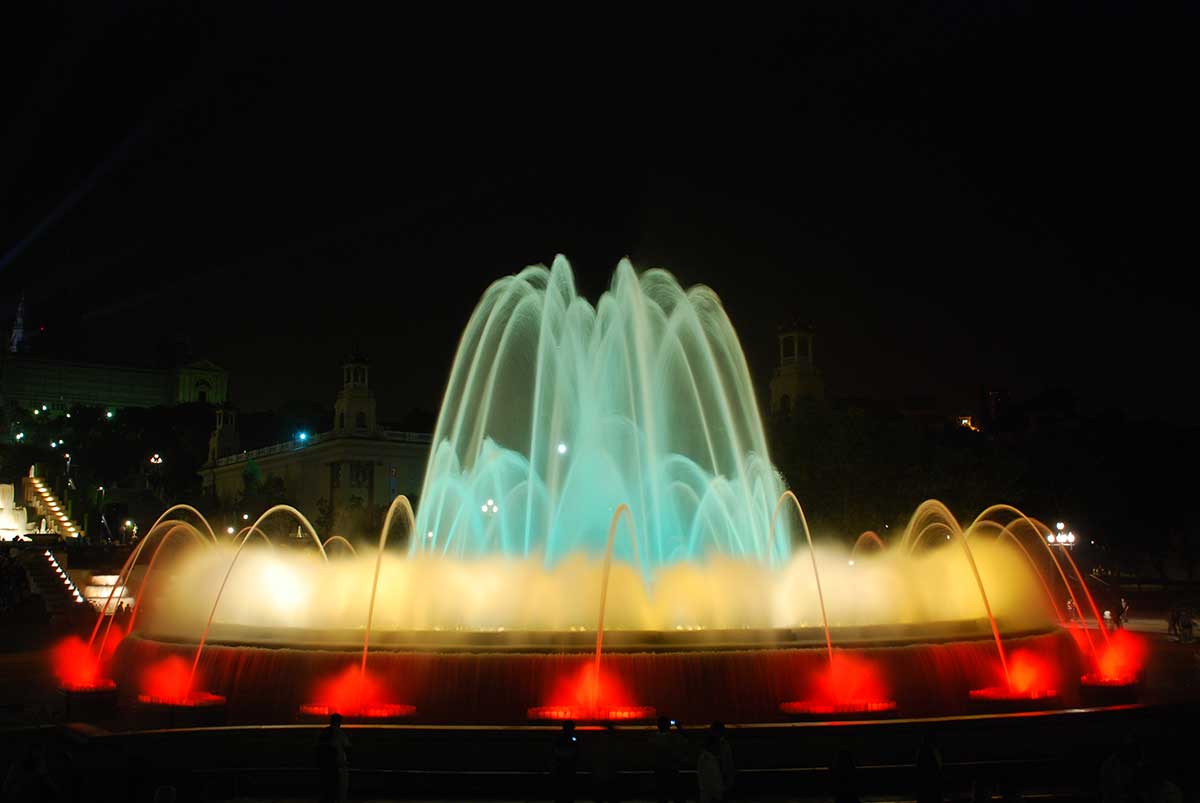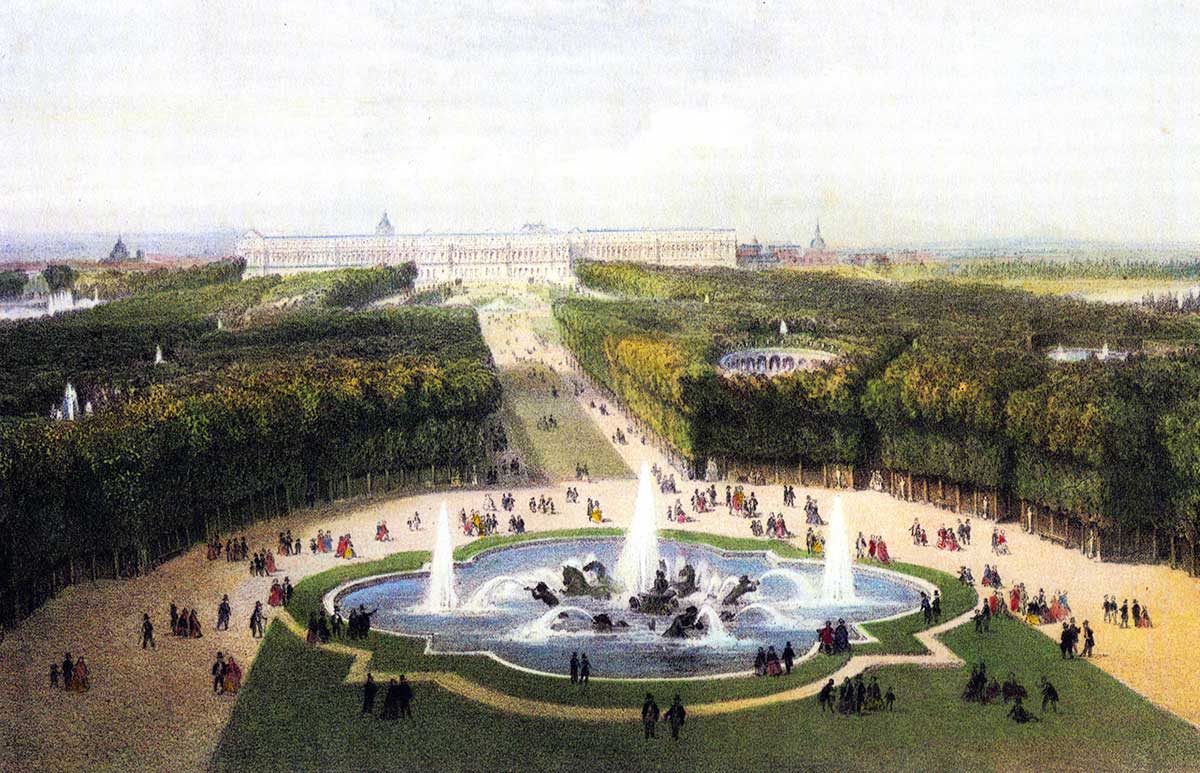The use of water in urban spaces has deep roots in ancient civilisations, where fountains not only served as a water supply, but also represented symbols of power and prosperity. Every culture has left its mark on the history of urban fountains, from the majestic Roman fountains to the intricate Islamic fountains, such as the one in the gardens of the Generalife in the Alhambra in Granada.

Quesada Juan | CC BY-SA 3.0
During the Renaissance, fountains took on a more ornamental and symbolic character, as seen in masterpieces such as the Trevi Fountain in Rome, Italy. In later centuries, with the rise of public gardens and parks, urban fountains became central elements of landscape design, as in the Palace of Versailles in France or the Royal Palace of Aranjuez in Spain.
In the 20th century, with advances in technology and innovative design, new forms and styles of urban fountains emerged, from abstract to interactive, such as the famous Crown Fountain in Millennium Park in Chicago, USA.
Urban fountains are not only decorative elements, but also play a role in shaping the city and improving people’s quality of life; they define space and accentuate the urban environment with their visual rhythm; the sound of moving water has a relaxing effect; and their ability to humidify and purify the air contributes to the general well-being of the community.
Contemporary urban fountains are developed with a clear concern for sustainability. At the same time, interactivity, innovation in materials and accessibility are trends in their design and construction. The Magic Fountain in Barcelona illustrates these trends.

Public domain
As experts in the development of large leisure and tourism projects, Amusement Logic also deals with this type of hydraulic installations, the urban fountains.
By Guillermo Ferrer, senior architect in Amusement Logic’s Architecture Department.
RELATED STORIES
Newsletter




